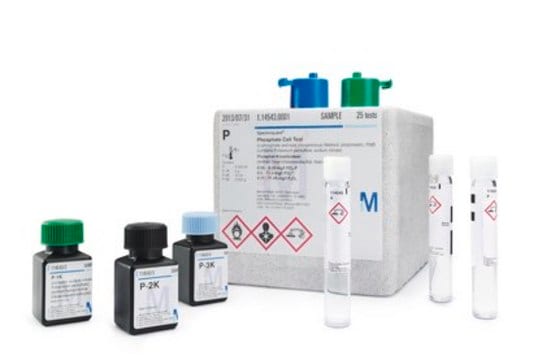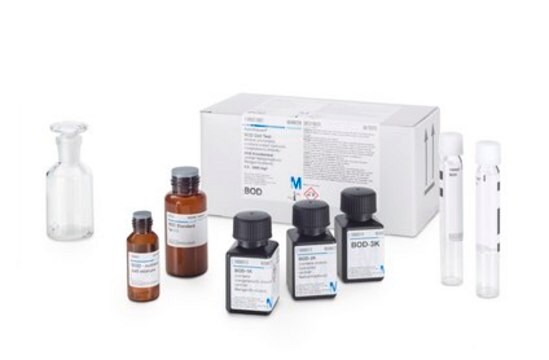1.03132
1,4-Dioxane
for liquid chromatography LiChrosolv®
Synonym(s):
1,4-Dioxane, Glycolethylether, 1,4-Diethylene dioxide, 1,4-Dioxacyclohexane
About This Item
Recommended Products
vapor pressure
41 hPa ( 20 °C)
Quality Level
product line
LiChrosolv®
grade
isocratic
Assay
≥99.8% (GC)
form
liquid
autoignition temp.
300 °C
potency
5200 mg/kg LD50, oral (Rat)
7600 mg/kg LD50, skin (Rabbit)
expl. lim.
1.7-25.2 % (v/v)
technique(s)
HPLC: suitable
impurities
≤0.0002 meq/g Acidity
≤0.0002 meq/g Alkalinity
≤0.02% Water
evapn. residue
≤2.0 mg/L
transmittance
245 nm, ≥50%
270 nm, ≥80%
300 nm, ≥98%
pH
6-8 (20 °C, 500 g/L in H2O)
bp
101.5 °C/1013 hPa
mp
12 °C
transition temp
flash point 11 °C
density
1.03 g/cm3 at 20 °C
storage temp.
2-30°C
InChI
1S/C4H8O2/c1-2-6-4-3-5-1/h1-4H2
InChI key
RYHBNJHYFVUHQT-UHFFFAOYSA-N
Related Categories
General description
Application
- Cross-Polarization Solid-State NMR Quantification of Species within Pores of Metal-Organic Frameworks: Though not directly linked to 1,4-dioxane, this study employs methodologies that could be applicable for the analysis of dioxane and other similar molecules within complex structures, relevant for chemists and material scientists engaged in molecular characterization (Wu & Xu, 2024).
- Photosensitized covalent organic framework as a light-induced oxidase mimic for colorimetric detection of uric acid: This innovative approach using a framework that could potentially be adapted for 1,4-dioxane detection underscores the intersection of material science and analytical chemistry, which could intrigue researchers developing new analytical methods (Wang et al., 2024).
Preparation Note
Analysis Note
Identity (IR): conforms
Evaporation residue: ≤ 2.0 mg/l
Water: ≤ 0.02 %
Acidity: ≤ 0.0002 meq/g
Alkalinity: ≤ 0.0002 meq/g
Transmission (at 245 nm): ≥ 50 %
Transmission (at 270 nm): ≥ 80 %
Transmission (from 300 nm): ≥ 98 %
Filtered by 0.2 µm filter
Other Notes
Legal Information
Signal Word
Danger
Hazard Statements
Precautionary Statements
Hazard Classifications
Carc. 1B - Eye Irrit. 2 - Flam. Liq. 2 - STOT SE 3
Target Organs
Respiratory system
Supplementary Hazards
Storage Class Code
3 - Flammable liquids
WGK
WGK 3
Flash Point(F)
51.8 °F - closed cup
Flash Point(C)
11 °C - closed cup
Certificates of Analysis (COA)
Search for Certificates of Analysis (COA) by entering the products Lot/Batch Number. Lot and Batch Numbers can be found on a product’s label following the words ‘Lot’ or ‘Batch’.
Already Own This Product?
Find documentation for the products that you have recently purchased in the Document Library.
Customers Also Viewed
Articles
Antineoplastic agents separated with excellent resolution.
Our team of scientists has experience in all areas of research including Life Science, Material Science, Chemical Synthesis, Chromatography, Analytical and many others.
Contact Technical Service








